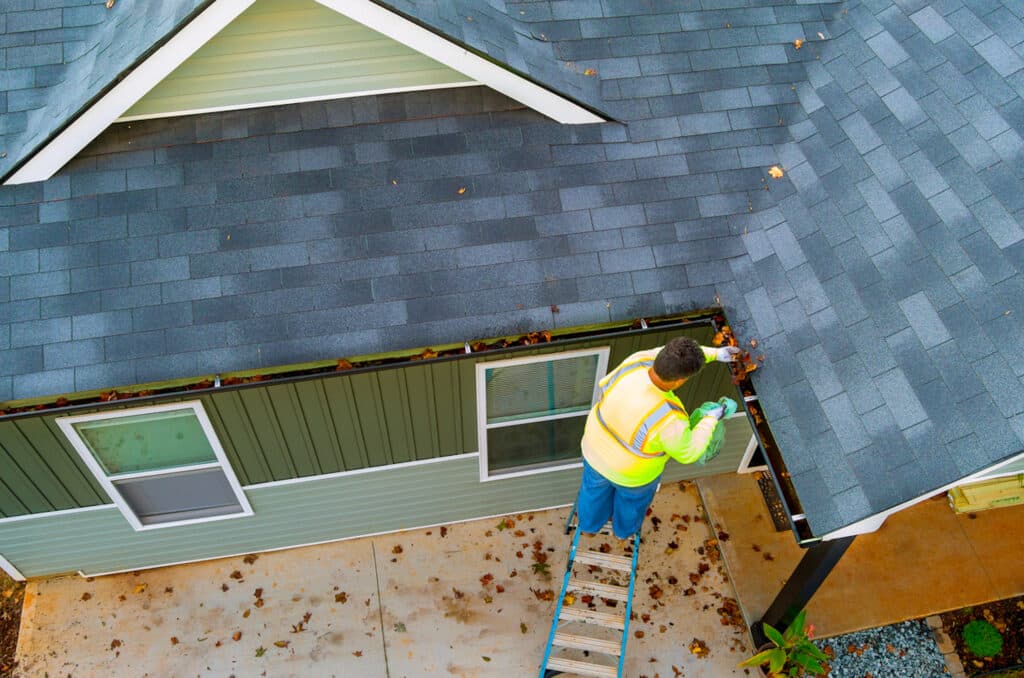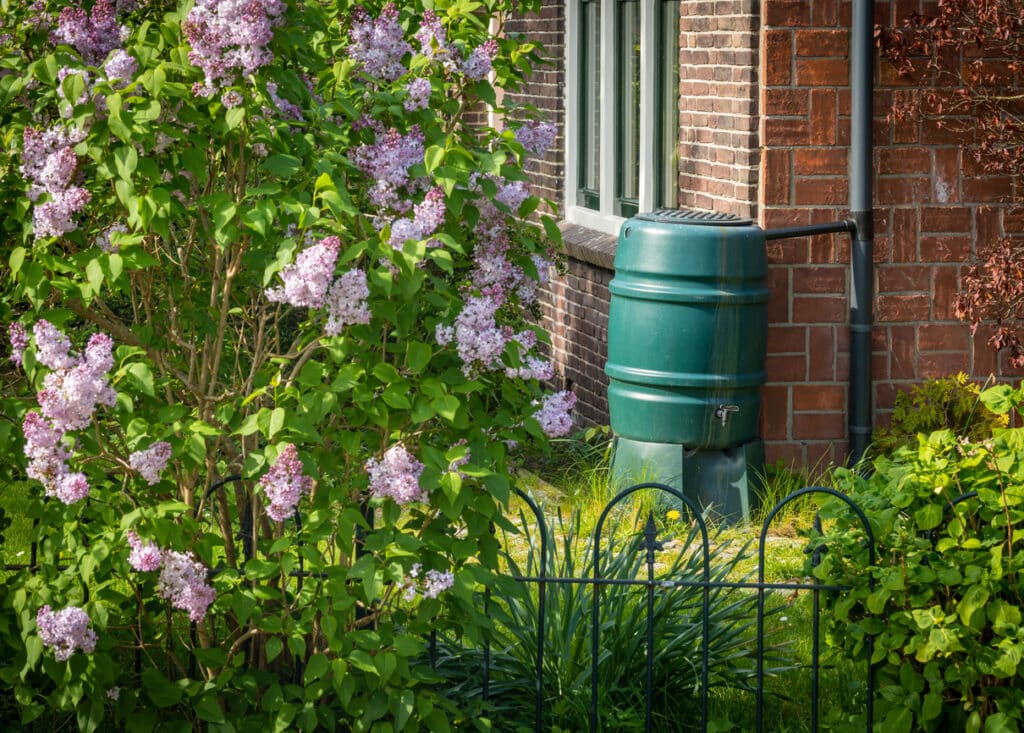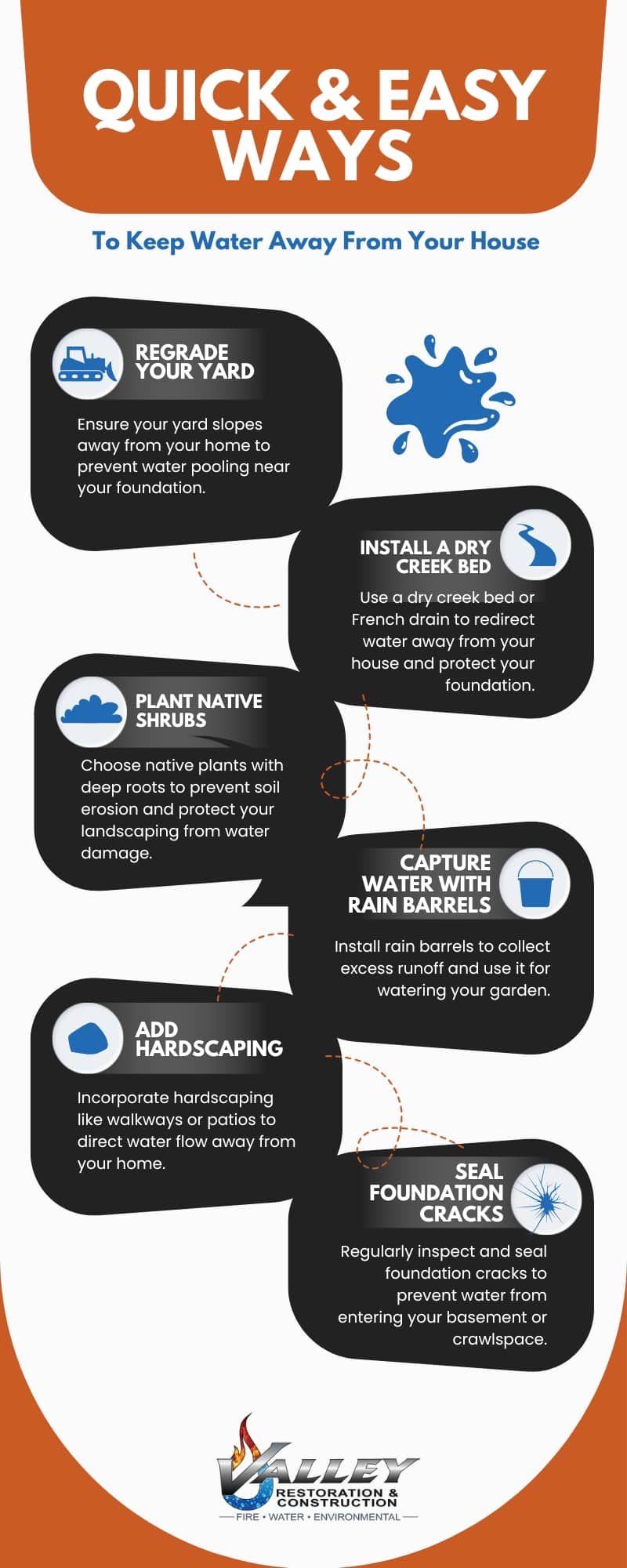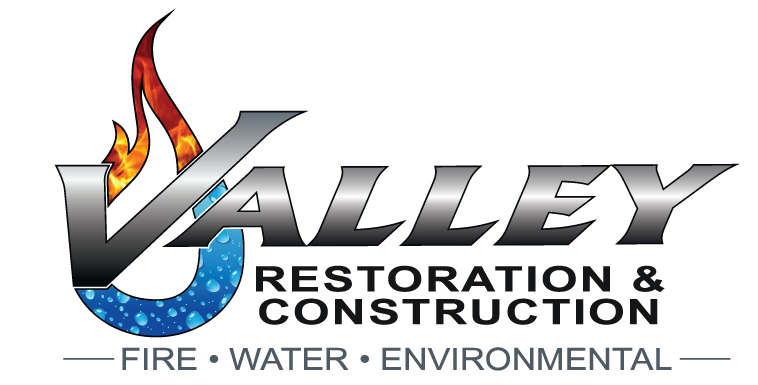As the snow melts and spring rains set in across the Colorado Western Slope, it’s time to prep your home and garden for the change in weather. Although we all enjoy the warmer temperatures, excess water can cause serious issues like basement seepage if your landscaping isn’t properly designed. But don’t worry—these simple landscaping adjustments can help prevent groundwater from damaging your home while keeping your garden looking great all season long.
1. Regrade Your Yard to Divert Water Away from Your Home
Groundwater pooling around your home can cause severe problems like basement leaks or foundation damage over time. One of the most effective ways to prevent this is by regrading your yard so that water flows away from your home instead of toward it. Ideally, your foundation should sit higher than the surrounding landscape, allowing water to run downhill naturally.
Even if your home isn’t elevated, you can create gentle slopes in your lawn or garden beds to direct water away from the house. When grading, ensure that soil and mulch touch the foundation, not the siding, as this can prevent water damage to your exterior walls. Proper grading not only protects your foundation but also helps maintain the integrity of your landscaping.
2. Install a Dry Creek Bed or French Drain to Redirect Water
When your property slopes toward your house, regrading might not be feasible. A dry creek bed or French drain can help redirect water before it reaches your foundation. A dry creek bed, lined with decorative rocks, is a visually appealing landscape feature that also serves a functional purpose by catching excess runoff during heavy rains. This solution allows water to flow naturally while keeping it away from your home.
If you prefer a less visible solution, consider installing a French drain, which works similarly but is buried underground. French drains collect water and direct it away through a pipe system, protecting your home without altering the aesthetics of your yard. Both options help manage water flow and prevent flooding that could cause basement seepage or foundation issues.
3. Maximize Gutter Efficiency to Protect Your Basement
Many homeowners overlook the importance of well-maintained gutters. These crucial items direct rainwater away from your home. Gutters and downspouts are your first defense against groundwater pooling around your foundation. If your gutters are clogged or improperly positioned, rainwater can spill over the sides and accumulate near your home, increasing the risk of basement leaks or foundation damage.

To prevent this, keep your gutters clean and ensure your downspouts direct water as far away from your home as possible—ideally at least 5-10 feet. You can add gravel or Riverstone under the downspouts to create landing pads that help reduce soil erosion, and direct water flows away from the foundation. Well-maintained gutters protect not only your landscaping but also your home’s structural integrity.
4. Plant Native Shrubs to Prevent Soil Erosion
When it rains, soil erosion can destroy your carefully planned grading and expose your foundation to water damage. However, strategically planting native shrubs around your foundation can protect your home by holding the soil in place.
By choosing native varieties like Apache Plume or Littleleaf Mock Orange, you can boost your home’s curb appeal. The roots of these plants help keep the soil intact during heavy rains, ensuring that your grading efforts last and your foundation remains protected. Plus, native plants require less water and maintenance, making them an eco-friendly landscaping choice.
Additional Suggestions for Native Plants in Western Colorado
- Apache Plume (Fallugia paradoxa)
- Littleleaf Mock Orange (Philadelphus microphyllus)
- Mountain Mahogany (Cercocarpus montanus)
- Blue Grama Grass (Bouteloua gracilis)
- Rabbitbrush (Ericameria nauseosa)
- Rocky Mountain Penstemon (Penstemon strictus)
- Threeleaf Sumac (Rhus trilobata)
- Colorado Native Sagebrush (Artemisia tridentata)
- Redtwig Dogwood (Cornus sericea)
- Gambel Oak (Quercus gambelii)
- Serviceberry (Amelanchier alnifolia)
- Prickly Pear Cactus (Opuntia spp.)
- Western Sand Cherry (Prunus besseyi)
- Utah Agave (Agave utahensis)
5. Use Mulch Wisely to Improve Drainage
Mulch can be a great tool for landscaping. In fact, a thick layer of organic mulch helps retain moisture in flower beds and improves drainage. Avoid piling mulch directly against your foundation or too close to your home’s siding, as it can trap moisture and lead to water damage.
Instead, mulch should cover planting beds slightly away from the house to allow for better water absorption and prevent soil erosion. Mulch helps regulate the moisture levels in the soil, keeping it from becoming too saturated during heavy rain or too dry during drought.
6. Install Rain Barrels to Capture Runoff
Rain barrels are a great way to manage excess water and repurpose it for use in your garden during drier periods. Installing rain barrels at the base of your gutters allows you to collect and store rainwater that would otherwise flow toward your foundation. This helps reduce runoff around your home and gives you a sustainable, cost-effective water source for your landscaping.
You can use the collected rainwater to irrigate your plants, reducing the need for supplemental watering and keeping your yard healthy even in dry conditions. Rain barrels are handy in areas like Colorado, where water conservation is important. However, you should read through state laws regarding rainwater collection and storage to ensure your rain barrels are compliant.

7. Consider Hardscaping to Redirect Water
Hardscaping—using stone, brick, or concrete elements in your landscape—can be an excellent way to prevent water from pooling around your home. Walkways, patios, and retaining walls can all be designed to redirect water flow away from your foundation. Permeable paving options like gravel paths or pavers allow water to drain and disperse naturally into the soil rather than running off toward your home.
By incorporating hardscaping features into your yard, you add aesthetic appeal and create functional structures that keep water from damaging your foundation or basement.
8. Seal Foundation Cracks to Prevent Water Entry
Even the best landscaping efforts may not completely prevent water from seeping into your home if there are cracks in your foundation. Regularly inspect your basement or crawlspace for any cracks or gaps allowing water entry during heavy rains. Sealing these cracks with waterproof caulk or masonry sealer can add extra protection against moisture infiltration.
If you need help sealing your foundation or are concerned your home isn’t adequately sealed against radon, give Valley Restoration and Construction a call.
Avoid Mold All Year Long
Following these landscaping tips can protect your home from water damage and allow you to enjoy a beautiful, functional yard throughout the wet season. However, even with proper drainage, excess moisture can sometimes enter your crawl space, leading to mold growth and other issues.
If you’re concerned about water or mold in your crawl space, don’t wait until it becomes a bigger problem. Contact Valley Restoration today for a professional crawl space inspection. Our expert team can assess your home for potential moisture and mold issues, providing you with peace of mind and a dry, healthy foundation.

